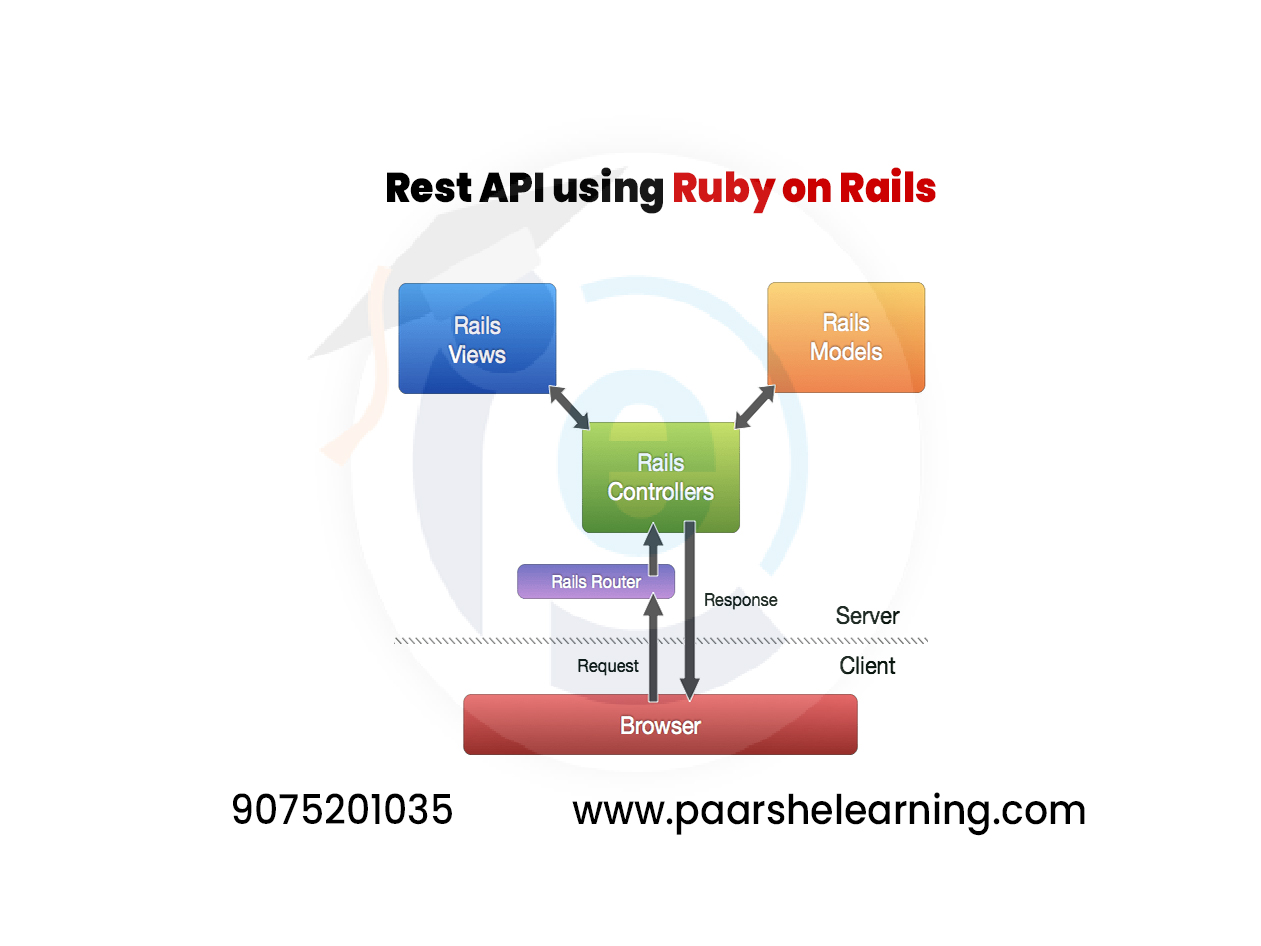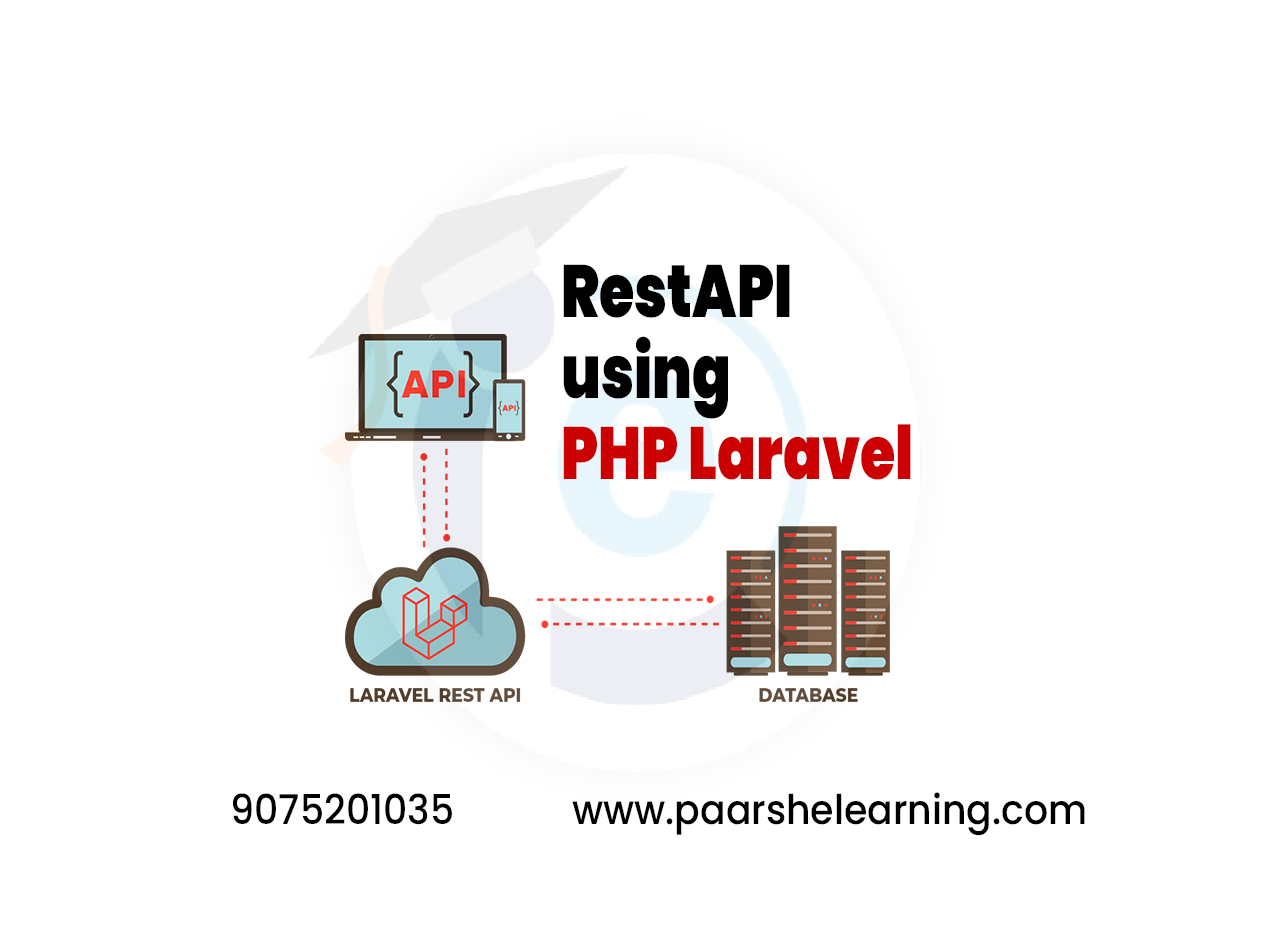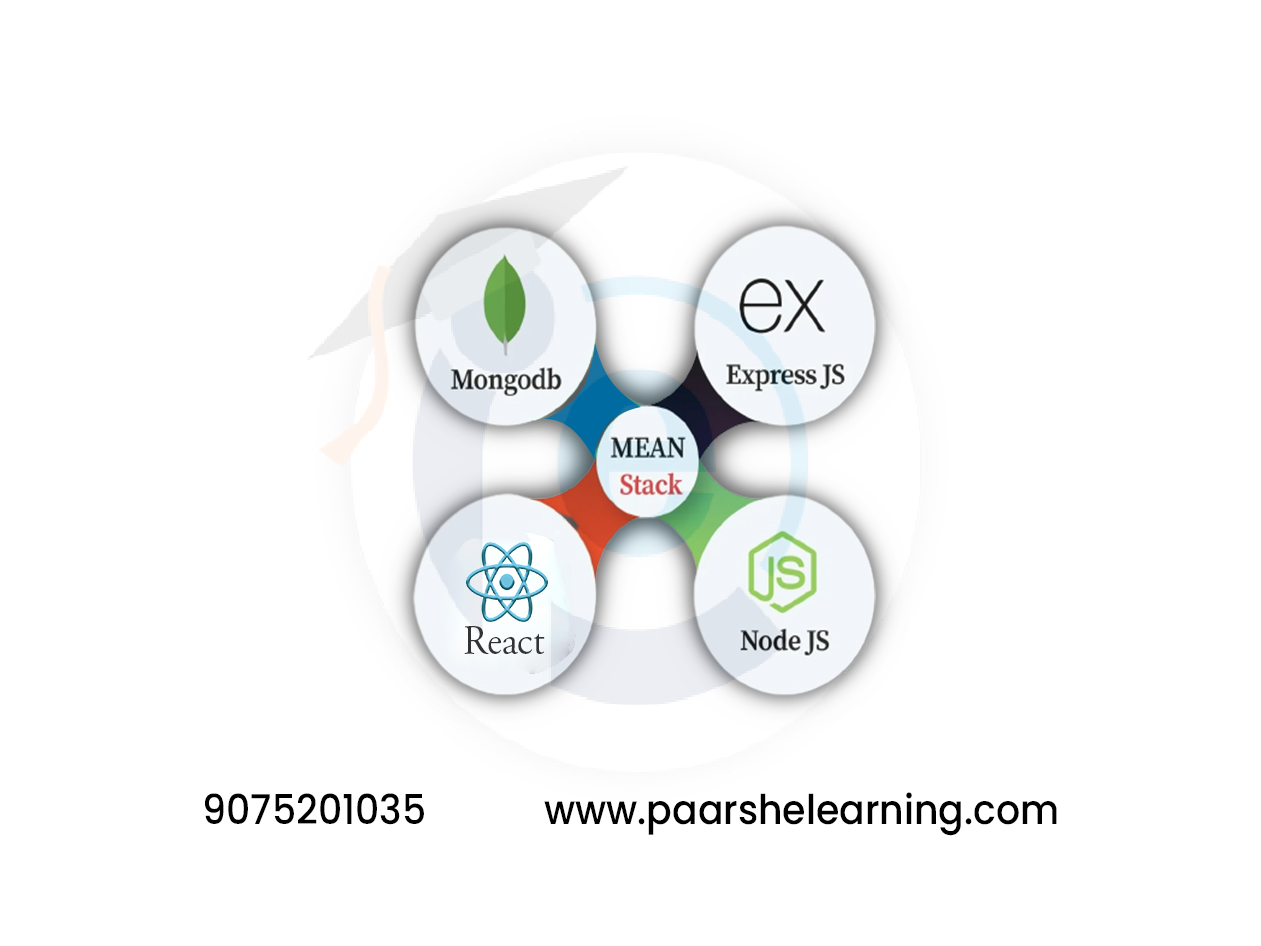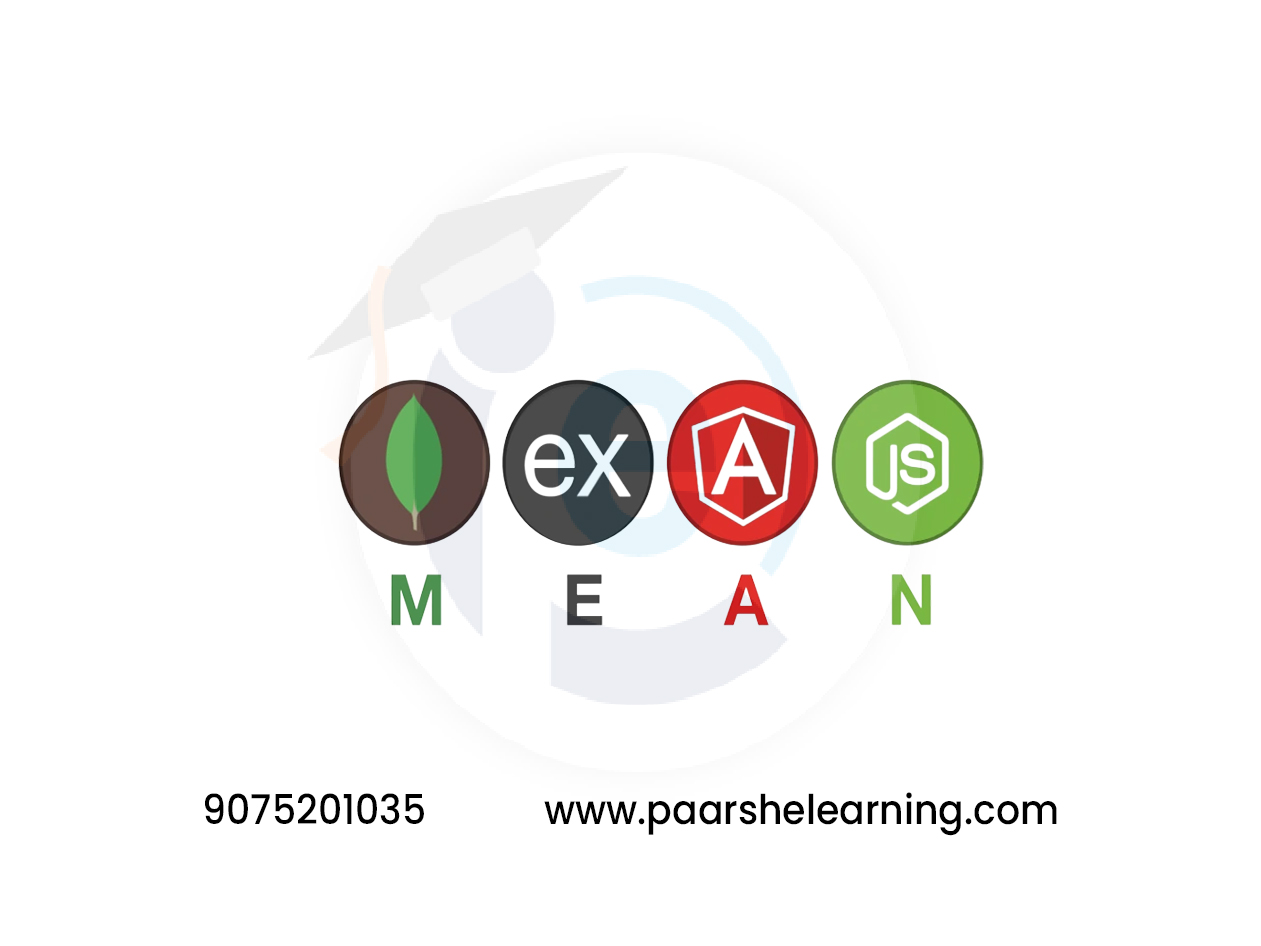- Introduction to RESTful APIs and Ruby on Rails: This module covers the basics of RESTful APIs and Ruby on Rails, including the benefits of using Ruby on Rails for building RESTful APIs.
- Setting up your development environment: In this module, you'll learn how to set up your development environment with Ruby on Rails and any other necessary tools.
- Building a basic RESTful API with Ruby on Rails: This module covers the fundamentals of building a RESTful API with Ruby on Rails, including creating routes, controllers, and responses.
- Database integration with Rails' ActiveRecord ORM: In this module, you'll learn how to integrate a database into your Ruby on Rails API using the ActiveRecord ORM.
- Implementing authentication and authorization with Devise: This module covers how to implement authentication and authorization in your Ruby on Rails API using Devise.
- Deploying your API to a production environment: This module covers how to deploy your Ruby on Rails API to a production environment.
RestAPI using Ruby on Rails
Course description
By building a RESTful API with Ruby on Rails, you can create web services that can be consumed by other applications, such as mobile apps or web clients. These web services can be used to perform various tasks, such as:
-
Retrieving data from a database: You can use your RESTful API to retrieve data from a database and return it to a client application.
-
Updating data in a database: You can use your RESTful API to allow clients to update data in a database.
-
Creating new data in a database: You can use your RESTful API to allow clients to create new data in a database.
-
Deleting data from a database: You can use your RESTful API to allow clients to delete data from a database.
-
Integrating with third-party APIs: You can use your RESTful API to integrate with other third-party APIs, such as payment gateways or social media platforms.
-
Providing authentication and authorization: You can use your RESTful API to provide authentication and authorization for client applications.
Overall, building a RESTful API with Ruby on Rails provides a flexible and scalable way to create web services that can be used by various applications.
What you will learn from this course?
This course includes!
- Daily Live session
- A recorded session with problem-solving material
- Access on Mobile and TV
- Certificate of completion
- Recommendation Letter
- 100% Job Placements
This course is for
- It is suitable for web developers who are familiar with the basics of Ruby on Rails and want to learn how to create a web service that can be consumed by other applications, such as mobile apps or web clients.
- This course is also suitable for anyone who wants to learn about the principles of RESTful API design and how to implement them using Ruby on Rails.
Prerequisites for this course
- Ruby programming language: You should have some experience with the Ruby programming language and understand its syntax, data types, control structures, and object-oriented programming concepts.
- Ruby on Rails framework: You should be familiar with the basics of Ruby on Rails, such as MVC architecture, routing, controllers, models, and views.
- Ruby on Rails framework: You should be familiar with the basics of Ruby on Rails, such as MVC architecture, routing, controllers, models, and views.
- Ruby on Rails framework: You should be familiar with the basics of Ruby on Rails, such as MVC architecture, routing, controllers, models, and views.
Restapi Using Ruby On Rails Syllabus
-
Introduction To Restful Apis And Ruby On Rails
Overview of RESTful APIs and their significance Introduction to Ruby on Rails framework and its features Setting up a development environment (Ruby, Rails, Bundler)
-
Building The Api Foundation With Ruby On Rails
Understanding REST architecture and principles Creating a new Ruby on Rails project and setting up routes Implementing basic CRUD operations using Rails controllers Handling requests and sending responses using Rails
-
Serialization And Data Validation
Introduction to serialization and its importance in APIs Using ActiveRecord models for database interaction Serializing data using Rails' built-in serialization tools Validating incoming data using Rails' validation methods
-
Handling Get Requests And Data Retrieval
Designing API endpoints for retrieving data Implementing GET methods for single and multiple resources Using ActiveRecord queries to fetch data from the database Sending JSON responses with serialized data
-
Handling Post And Put Requests For Data Modification
Setting up API routes for creating and updating resources Implementing POST and PUT methods for data modification Validating incoming data using Rails' validation methods Sending appropriate HTTP responses for success and error
-
Handling Delete Requests And Data Deletion
Designing API routes for deleting resources Implementing DELETE methods for resource deletion Handling requests with URL parameters and route variables Sending appropriate HTTP responses for deletions
-
Authentication And Security
Introduction to authentication methods in Rails Implementing token-based authentication using gems like Devise or JWT Securing API endpoints and protecting sensitive data Applying authorization to restrict access to certain actions
-
Error Handling And Exception Management
Implementing consistent error handling in the API Creating custom exception classes for different scenarios Using Rails' exception handling to manage errors Sending appropriate error responses with details
-
Testing And Debugging
Introduction to testing methodologies (unit tests, integration tests) Writing tests for API endpoints using Rails' testing framework Testing API controllers, routes, and functionality Debugging common API issues and errors
-
Documentation And Best Practices
Generating API documentation using tools like Swagger or RDoc Documenting API endpoints, request parameters, and responses Reviewing best practices for designing RESTful APIs Analyzing real-world API examples and case studies
-
Advanced Topics And Optimization
Implementing advanced features (pagination, filtering, authentication) Optimizing API performance using caching mechanisms Integrating frontend frameworks (React, Angular) with Rails APIs Performance optimization techniques for Rails applications
-
Final Project And Deployment
Developing a comprehensive RESTful API using Ruby on Rails Customizing design, functionality, and endpoints Finalizing API documentation and testing Deploying the Rails API to a hosting platform (Heroku, AWS, etc.)
-
Paarsh E-Learning encourages hands-on practice, assignments, and projects throughout the course to reinforce students' understanding of building RESTful APIs using Ruby on Rails. Assign practical exercises that involve creating endpoints, handling different types of requests, and implementing authentication and validation. Cover both theoretical concepts and practical applications to provide a well-rounded learning experience.






